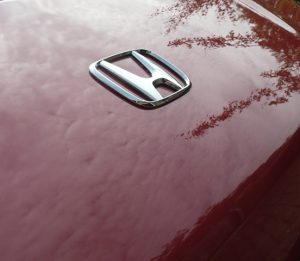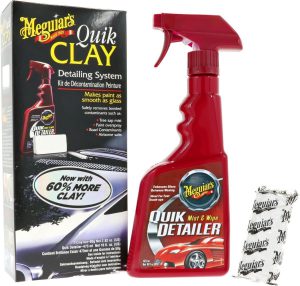I made the decision to wait until the HD-DVD/Blu-ray format war had been resolved before deciding to give the winner a try. In the interim, about 18 months ago I picked up a new DVD player for about £120, which had HDMI support, did a decent job of upscaling DVDs to higher definition, and (the real reason for buying it), was a writer too.
Looking at CNet, Don Reisinger wrote recently on the various merits or pratfalls of moving to  the new format. Now, the cost of players is starting to get to the £100-150 ballpark (instead of the crazy early-adopter £1000-odd mark), but the media is still a good bit more expensive – taking the Dark Knight example that Don talked about, the Blu-ray version commands a £3-4 premium in most outlets … is it worth the difference? My TV “only” does 720p or 1080i resolutions (the 1080i is scaled to fit the 720-line display), and I’m not sure I’d really notice all that much difference over an upscaled DVD. Predictions are that Blu-ray will overtake DVD in about 2012: maybe in the next couple of years, the price of media will have to change – perhaps the studios should even put out Blu-ray content at a lower price than DVDs, if they really want to drive adoption.
the new format. Now, the cost of players is starting to get to the £100-150 ballpark (instead of the crazy early-adopter £1000-odd mark), but the media is still a good bit more expensive – taking the Dark Knight example that Don talked about, the Blu-ray version commands a £3-4 premium in most outlets … is it worth the difference? My TV “only” does 720p or 1080i resolutions (the 1080i is scaled to fit the 720-line display), and I’m not sure I’d really notice all that much difference over an upscaled DVD. Predictions are that Blu-ray will overtake DVD in about 2012: maybe in the next couple of years, the price of media will have to change – perhaps the studios should even put out Blu-ray content at a lower price than DVDs, if they really want to drive adoption.
Thinking back to other media changeovers, there are relatively few which have succeeded, and lots that went by the wayside. Remember 8-track tape? Or Digital Compact Cassette? Even DAT failed as a consumer option, and MiniDisc went the way of the Dodo when eclipsed by MP3 players.
What marks a successful change of media in almost every instance, isn’t just better quality or size or whatever – it’s a difference in the way of using the media. When CDs first started appearing in the mid-80s, sure the sound quality was better (as much as could be determined on a cheap HiFi anyway), but the random-access nature was probably its best feature – the ability to jump straight to a track without spooling through tape or having to hoick the stylus off an LP, especially combined with remote control, made arguably the biggest difference.
MP3 (and all the variants) succeeded because it was now possible to have your entire music collection a few button presses away – no need to even switch the CDs. iTunes has arguably changed the way people buy music altogether, choosing single tracks rather than whole albums.
Blu-ray or any successor to DVD is probably only going to succeed if it changes the game somewhere else, other than being “better”. Distributing movies online seems one way of doing it, at least if you believe the commentators who tell us so. The trouble with that approach is that as quality improves, the sheer size of the downloads is going to get ungainly – even with multi-megabit internet connections, a 1080p encoded film is surely going to be 15Gb or more, and will take an age to download.
Maybe the business model for the future would be to sell Blu-ray players which also have huge hard disks that can legally cache all the contents of the media disc – that way you could buy a film on Blu-ray, take it home and add it to the library. Thereafter, you’d be able to watch anything you’ve previously bought without needing to fetch the original disc and load it up – would that be a reason enough for people to switch from DVD?
More pertinently, would the studios allow it to happen?


 “bonded contaminants” (like tar or tree sap), use a clay bar like
“bonded contaminants” (like tar or tree sap), use a clay bar like 

 How to reformat
How to reformat










